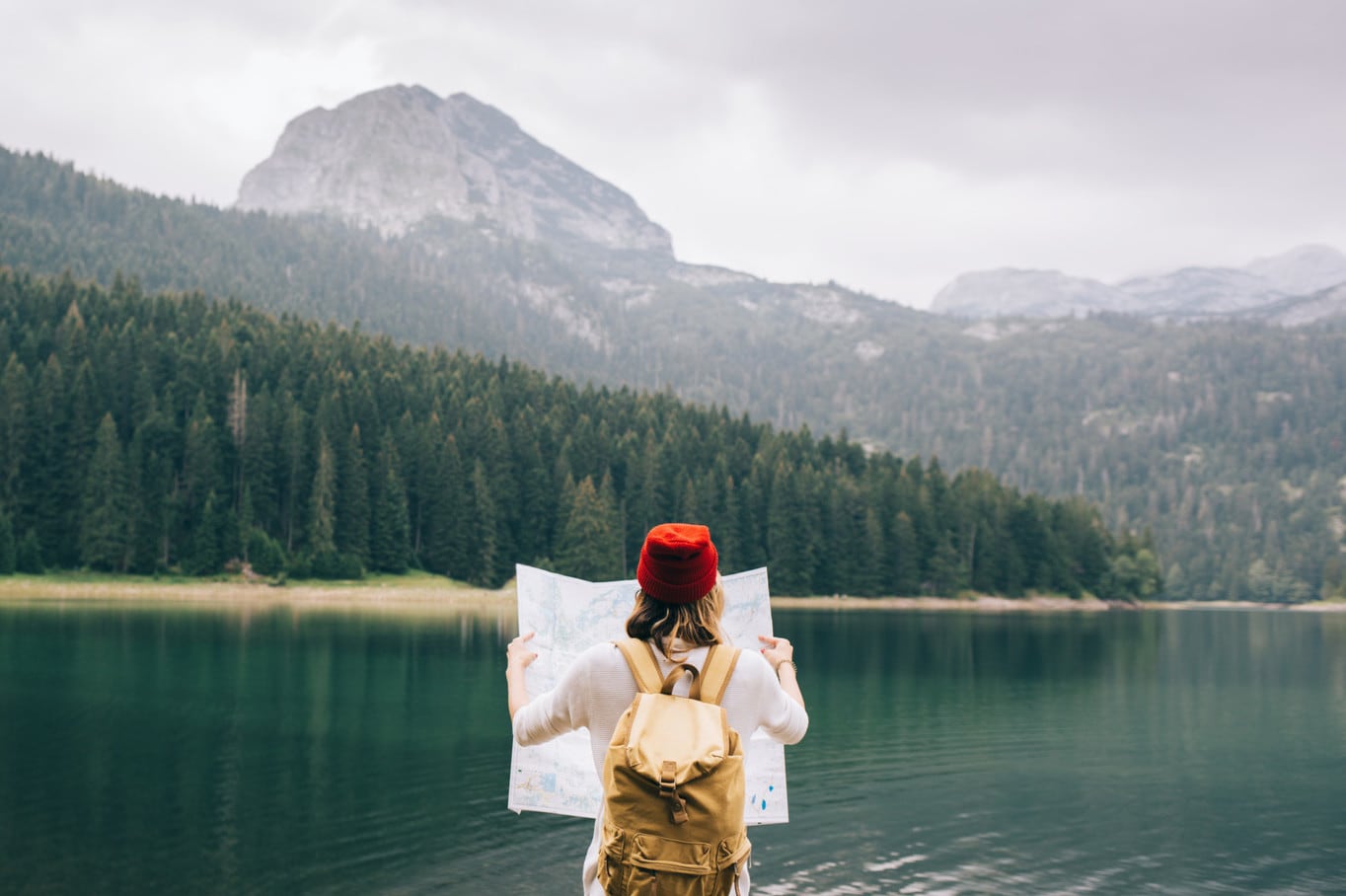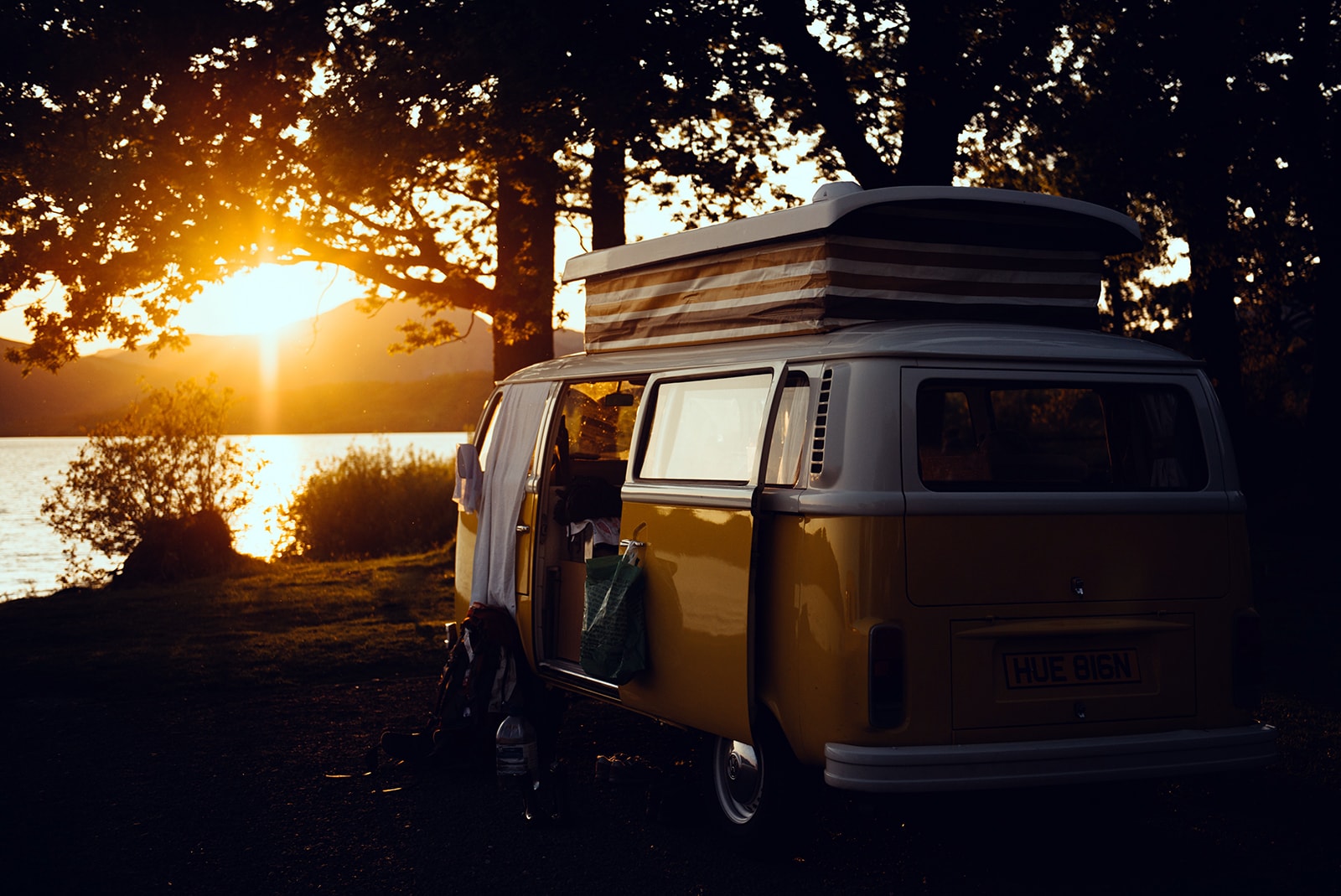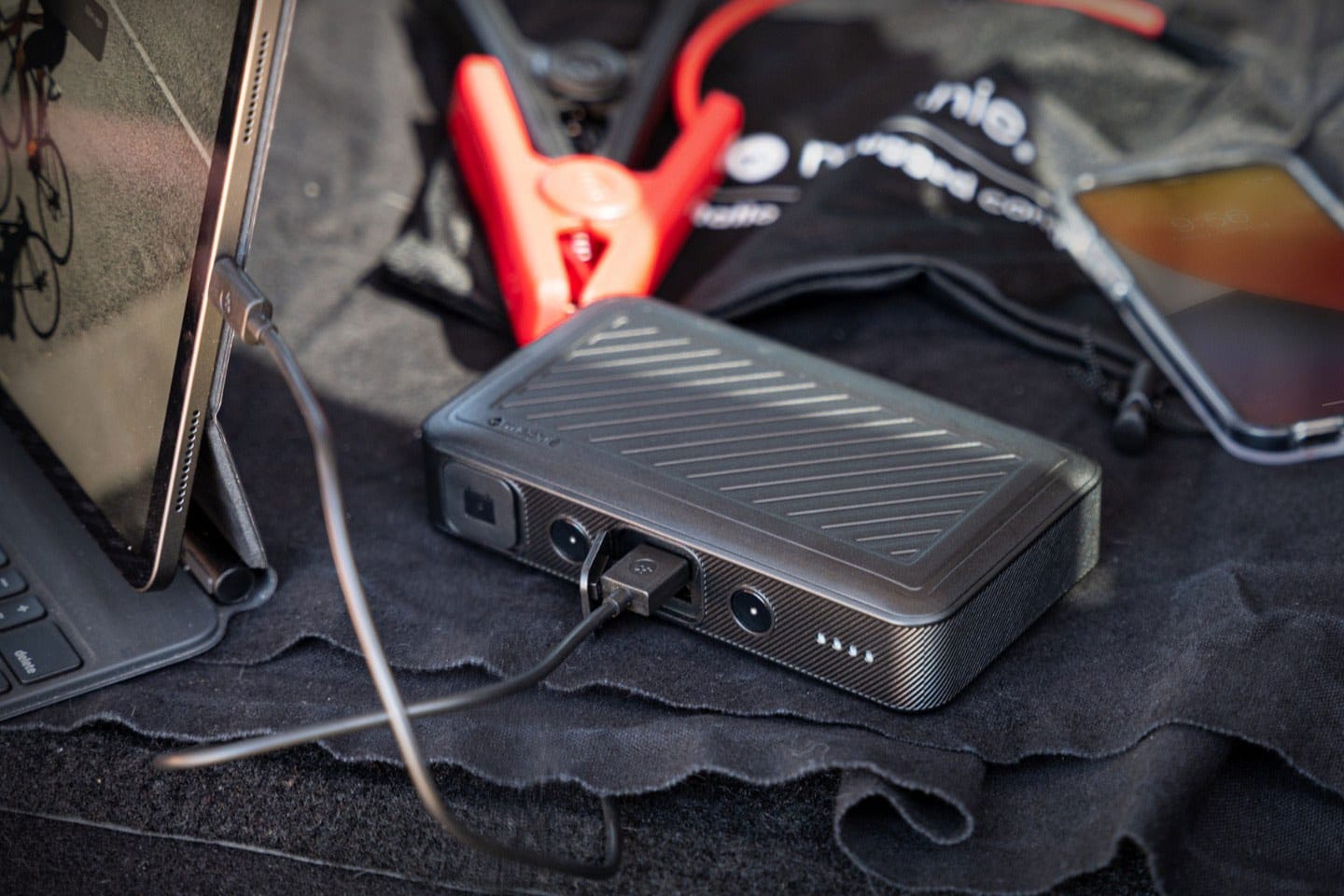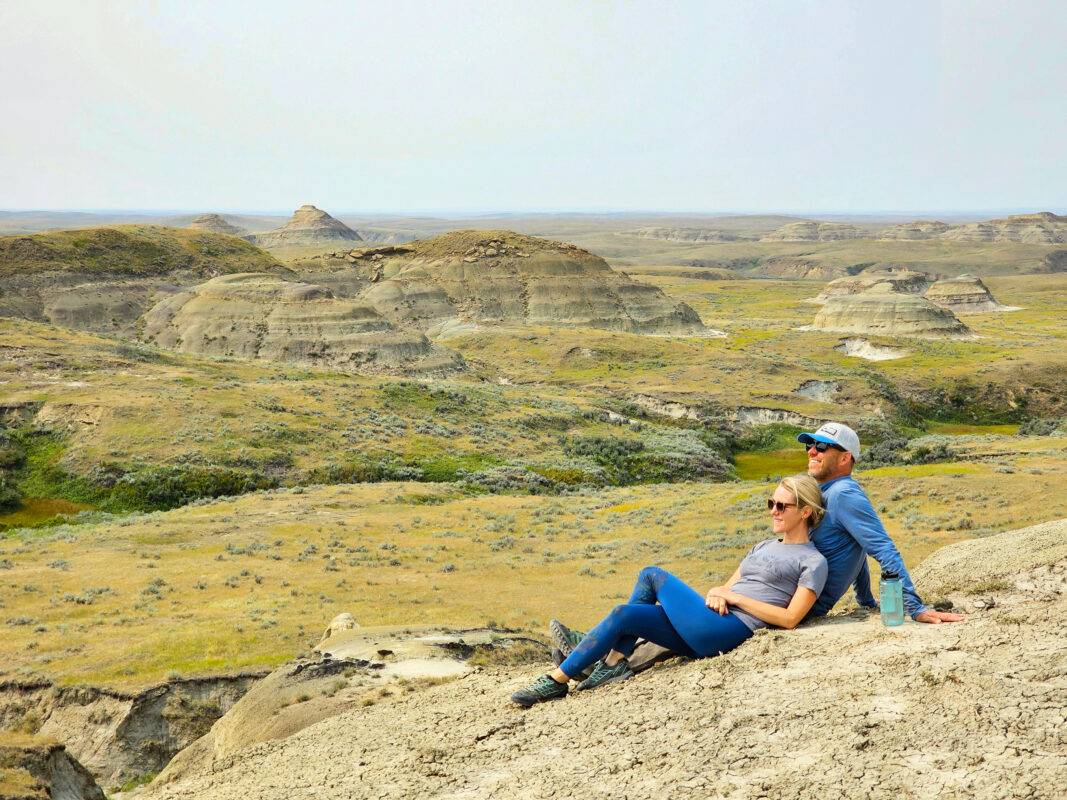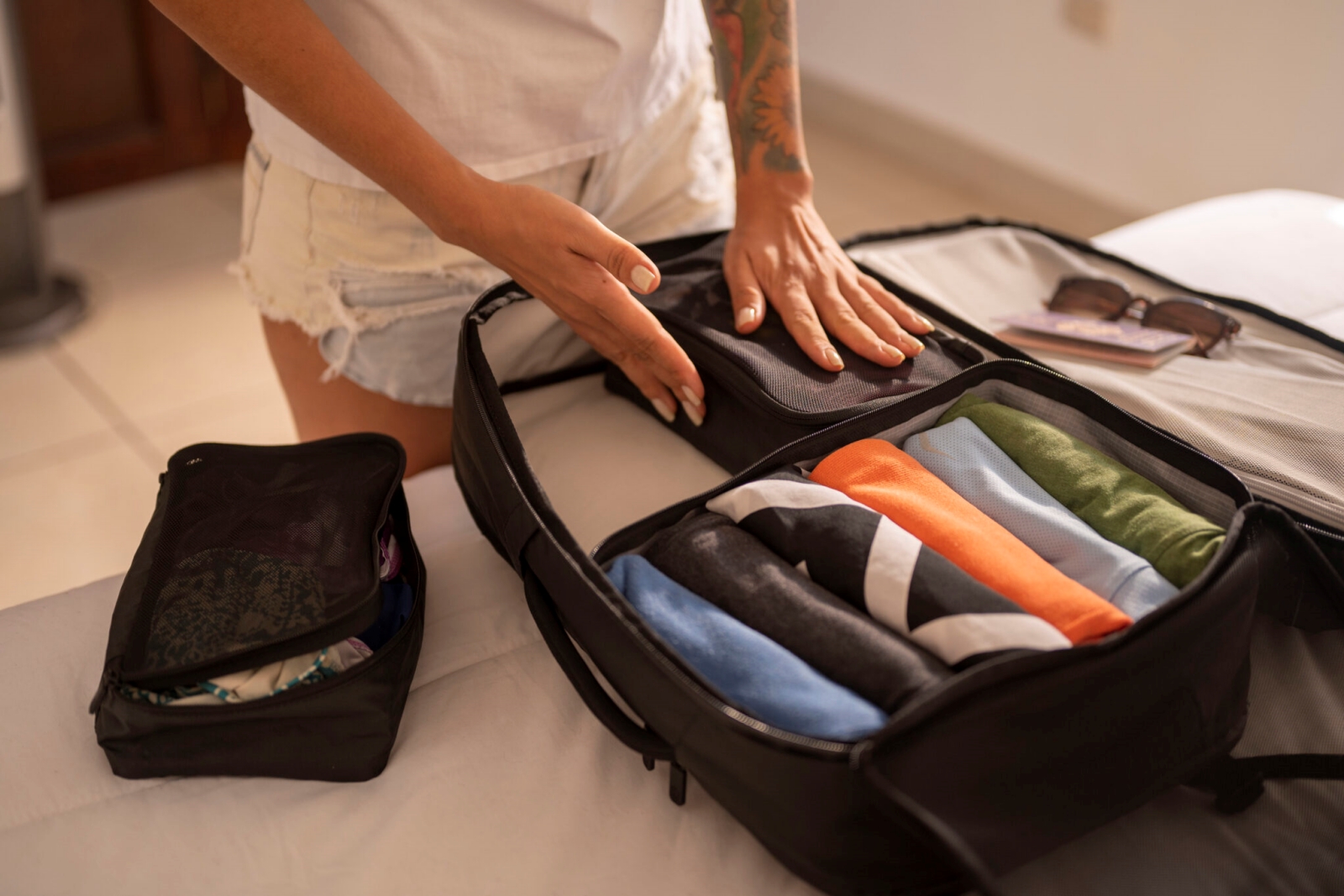Blog
The BEST Tips & Advice for Your First Camping Trip
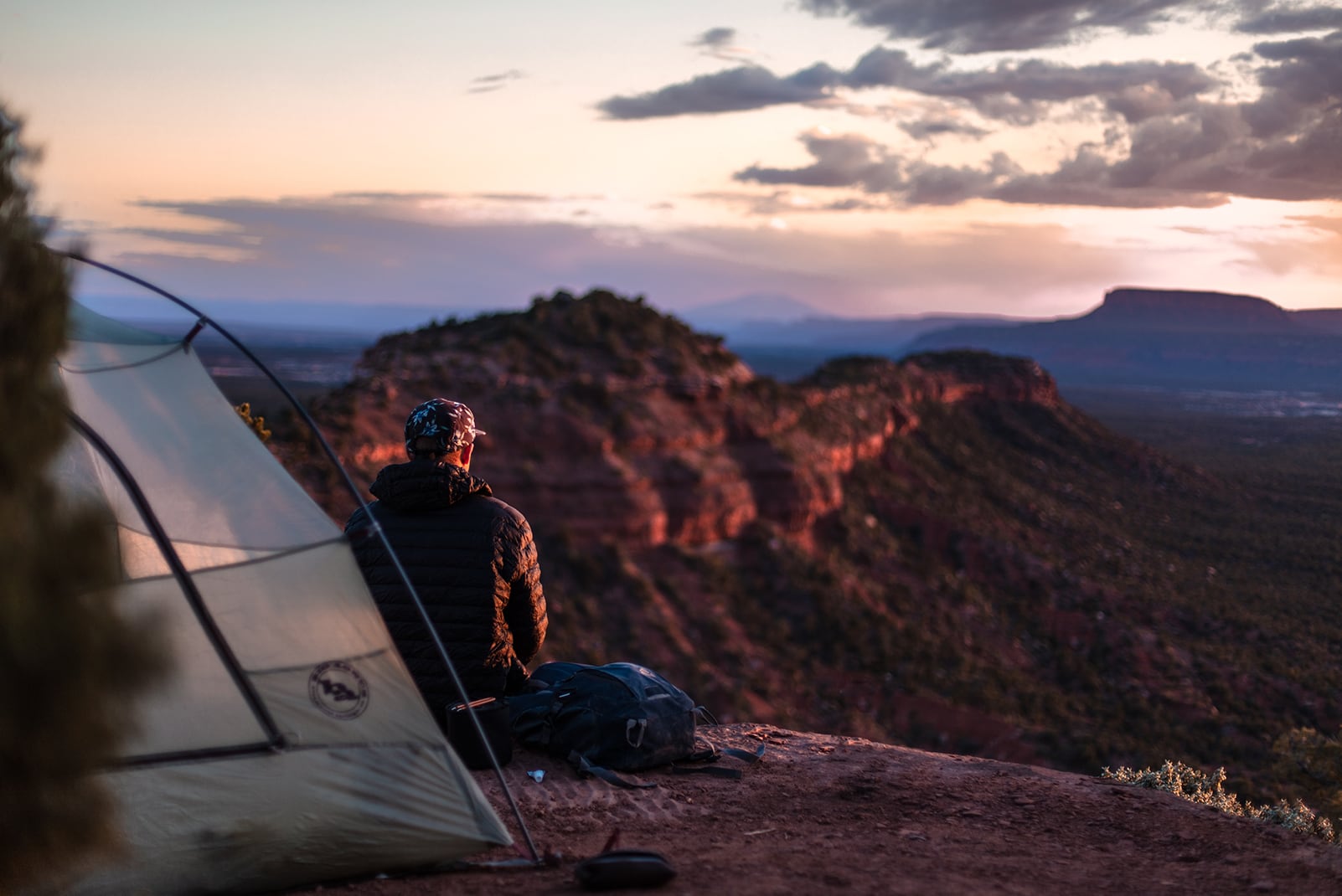

Day temperatures vary drastically from night temperatures in many locations; therefore, it’s important to pack layers of clothing so you’re comfortable.
Depending on the region I’m in, I pack 4 main layers with me; a baselayer, 2 mid-layers, and a water and windproof “shell” outer layer.
Base Layer
A base layer is the layer closest to your body. It’s important that this layer is made of wicking materials to move moisture away from your body while keeping your skin dry. Generally, base layers are made of synthetic materials including polyester and nylon or merino wool and silk.
Base layers come in different thicknesses or weights. The thicker or heavier, the warmer they are rated.
In warmer regions, a synthetic tank top should suffice, however, when it’s cooler a long sleeve is a great option and also provides UPF sun protection, even in hot regions. Mountain Hardware’s Crater Lake sun hoodies are my favorite.
Merino wool is a great option for cold weather. It’s one of the warmest materials for its comfort and weight. I love anything made by Smartwool. I’d recommend a thermal layer rated around 250. Men should check out these Smartwool tops and women should check out these.
Mid-Layer
Mid-layers are important for providing insulation which increases body heat. I usually bring two of these, a puffy layer and a fleece layer. These layers come in both synthetic and natural materials, both of which have advantages and disadvantages.
To start, a fleece works great as one of your mid-layer options. Made of polyester, fleece is great because if it gets damp it dries quickly and still keeps you warm. It’s also breathable which keeps you from overheating. However, because it’s breathable, the wind easily blows through it so you’ll still need a wind layer.
On top of the fleece, I usually wear a puffy insulated jacket. Puffy’s come in both down and synthetic materials. The thicker the puffy, the warmer it is, however, the heavier it becomes.
A down puffy jacket packs down smallest for the amount of warmth it provides. Its fill power ranges from 450 to 900, with 900 being the warmest and most compact. Unfortunately, if damp, down loses efficacy and takes a while to dry out. Check out the men’s and women’s Arc’teryx Cerium LT Hoodies.
Synthetic puffy jackets don’t compress as well as down and are heavier, however, they still insulate well when wet. Patagonia’s Nano Puffs are a great synthetic option.
Outer Shell Layer
Your outer layer is a shell. It needs to be waterproof and windproof. I’d recommend buying a jacket that is waterproof. While they’re more expensive than water-resistant jackets, a waterproof jacket will keep you much drier but they’re worth it.
Arc’teryx’s Beta SL Jacket for both men and women is a great option. The REI XeroDry GTX is another option and a bit more affordable also made for both men and women.



